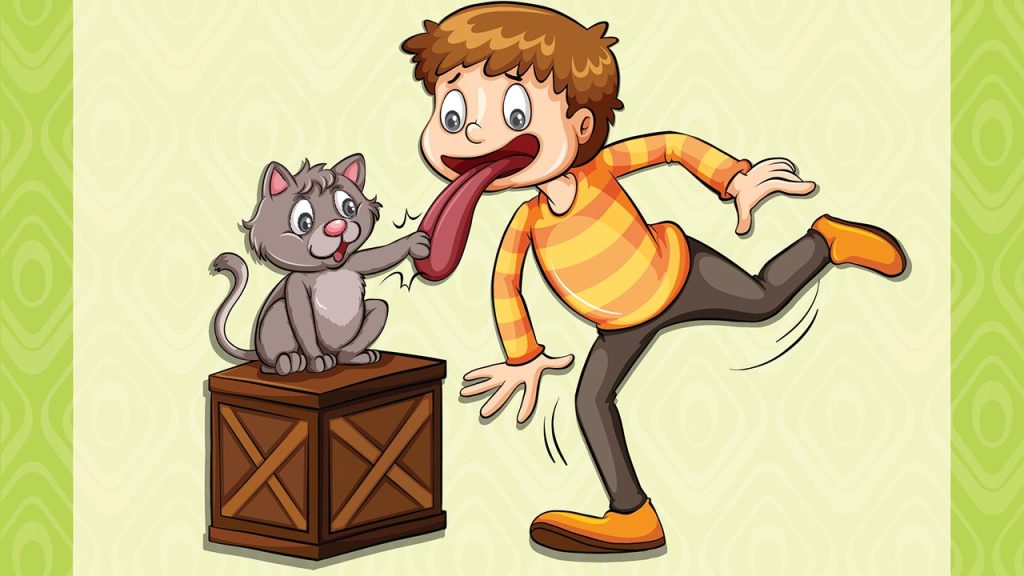Many popular expressions in the English language have interesting origin stories that most people are unaware of. Three common phrases that involve living creatures are explored here. The first phrase, “happy as a clam,” refers to someone who is extremely pleased and elated. The origin of this phrase dates back to the 1830s or 1840s and may have originally been “happy as a clam at high tide,” signifying the safety of clams when the waters are rising and they cannot be dug up by fishermen.
The phrase “I could eat a horse” is often used to describe extreme hunger. There are a few theories about its origin, one being from Tobias George Smollett in 1824 and another from George H. Johnston in 1946. An alternative expression for extreme hunger is “I’m so hungry, I could eat a brick.” The popular saying “cat got your tongue” is commonly used when someone is being silent. Some theories about its origin suggest that in the Middle Ages, those who did not tell the truth had their tongues cut off and fed to the king’s cats, or that it originated in the English Royal Navy where sailors who did not follow orders were whipped.
The origin of the phrase “elephant in the room” is uncertain, but it is commonly used to describe an obvious problem or issue that is being ignored. The phrase “dog and pony show” typically refers to a presentation or promotion that is flashy but lacking in substance. The expression “sly as a fox” is often used to describe someone who is clever or cunning. These phrases are all part of everyday language, and while their origins are not always clear, they continue to be widely used.
While the exact origins of some phrases may be unclear, they are ingrained in popular culture and continue to be used without much thought. Understanding the history behind common expressions can add depth and meaning to our language. Exploring the origins of these phrases can be an interesting way to learn more about the evolution of language and human communication. The use of animals in these expressions adds a colorful and creative element to our everyday speech, reflecting the diverse ways in which language evolves and adapts over time.


